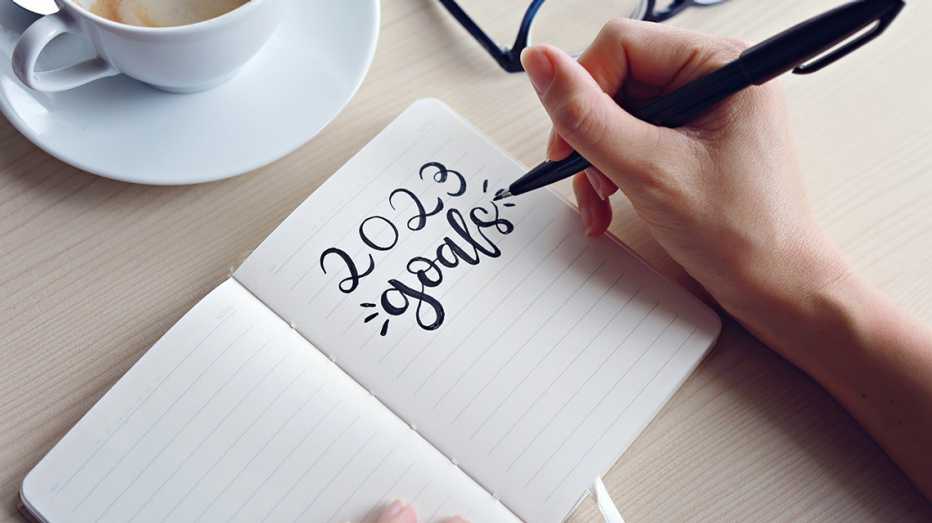AARP Hearing Center
Why are bad habits so simple to pick up and good habits so hard to develop?
“Bad habits, frankly, are easier,” says Adam Borland, a psychologist with the Cleveland Clinic in Ohio. “They can become more ingrained because we kind of go on autopilot.”
Finding the motivation to exercise or keep up a daily or weekly schedule is more difficult than sitting on the couch and watching Netflix, for example, Borland notes.
But the new year is a perfect time to try something new, to stretch boundaries, to override the tendency to act outside our best interests without conscious thought. But creating those good habits — and getting away from the bad ones — is even more difficult in the modern era, when we’re often tied to digital devices.
“Our brains are overwhelmed by the way our modern world stimulates them, and the natural systems that we have for building habits have been basically hijacked,” says Russell A. Poldrack, a psychology professor at Stanford University in California and author of Hard to Break: Why Our Brains Make Habits Stick.
As a result, it can take some time to create a habit we want to adhere to for our own good.
A lot of digital apps designed to help form habits suggest it takes about three weeks to do the job. But modern research doesn’t back up that time frame — not by a long shot.
Poldrack points to one study from the European Journal of Social Psychology that put the time frame for habit forming at between 18 and 254 days, with an average of 66 days.
Breaking a bad habit is not necessarily about willpower, adds Poldrack: “It’s really about avoiding the temptation to begin with.”
Small steps, big changes
In his bestselling book Atomic Habits: An Easy & Proven Way to Build Good Habits & Break Bad Ones, entrepreneur James Clear says to imagine an ice cube in a room so cold you can see your breath. Slowly, the room begins to heat up, going from 26 degrees to 27 degrees to 28 degrees. The ice cube is still frozen. Twenty-nine degrees, 30 degrees, 31 degrees. Still, nothing happens. Then it’s 32 degrees and the ice cube starts to melt.
A one-degree shift alters everything.
Similarly, Clear writes, we can cause big changes in our lives little by little: “Habits are the compound interest of self-improvement. The same way that money multiplies through compound interest, the effects of your habits multiply as you repeat them.”
There’s no shortage of tips out there for starting — and sticking to — a new practice.
Stanford University behavior scientist BJ Fogg, author of Tiny Habits: The Small Changes That Change Everything, encourages piggybacking a new habit onto an existing one. The existing “anchor habit” should be something you do every day, such as brushing your teeth or turning on the computer. Fogg himself stacked a new habit (doing push-ups) onto an anchor habit (going to the bathroom) and now does at least 50 push-ups a day.
Jud Brewer, a psychiatrist and director of research and innovation at Brown University’s Mindfulness Center, advises being curious about why you choose to do something your best self would rather not be doing. Curiosity feels much better than the rumination that follows giving in to a bad habit, according to Brewer, author of The Craving Mind: From Cigarettes to Smartphones to Love — Why We Get Hooked and How We Can Break Bad Habits.
Numerous studies, meanwhile, have shown that “implementation intentions” — a term researchers use to describe a plan for responding when a certain situation arises — are effective for sticking to a goal.







































































